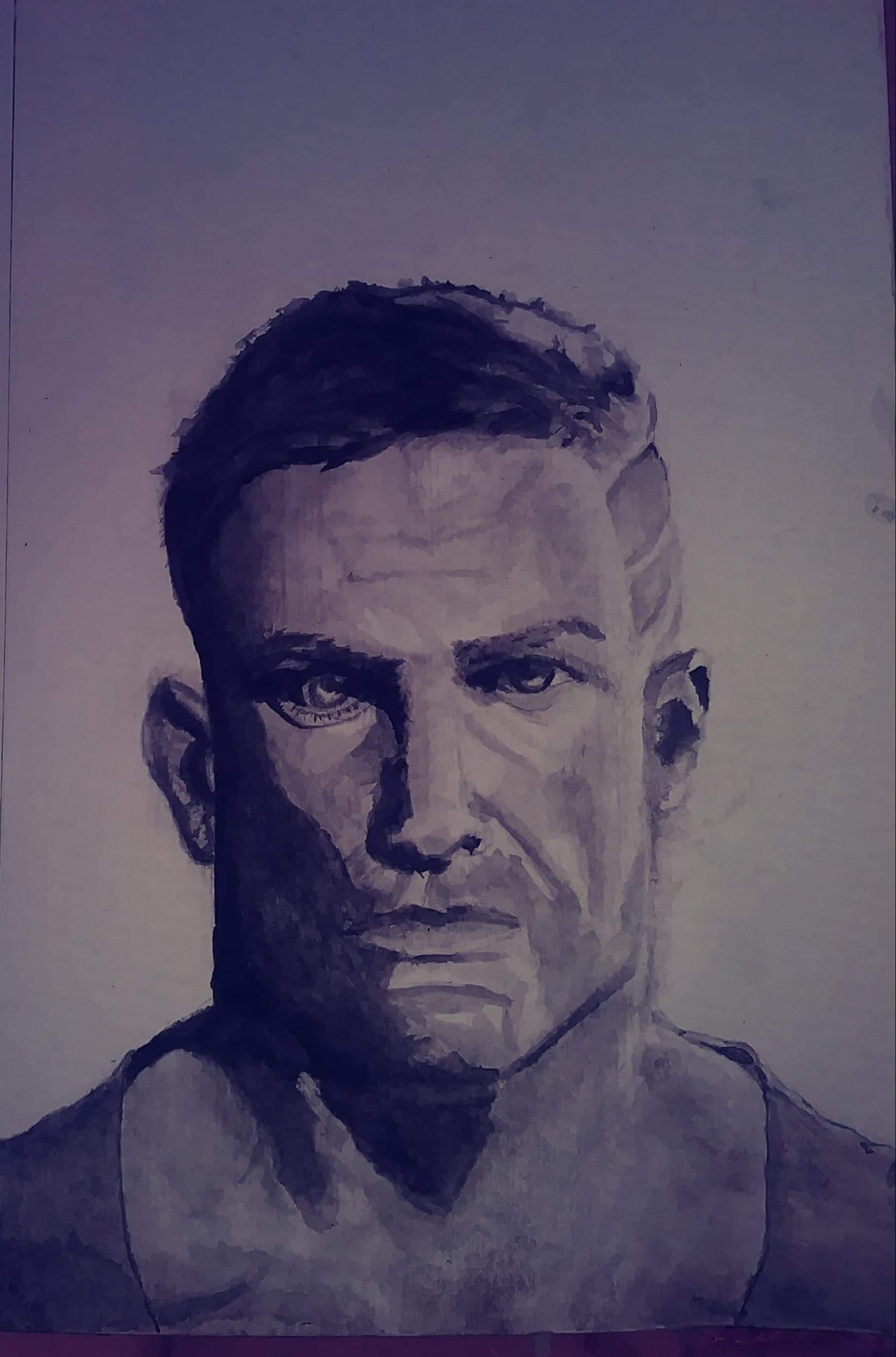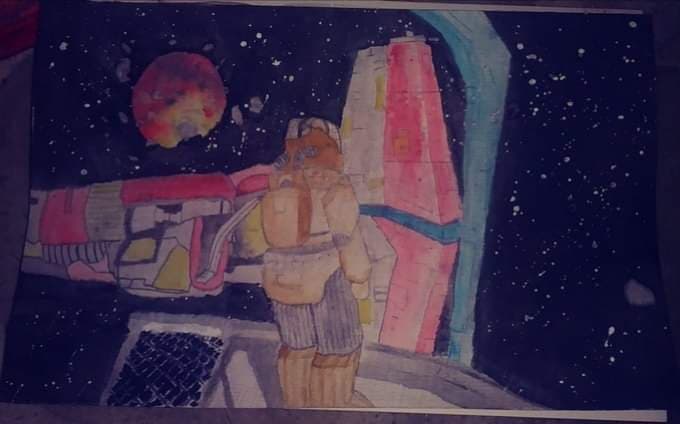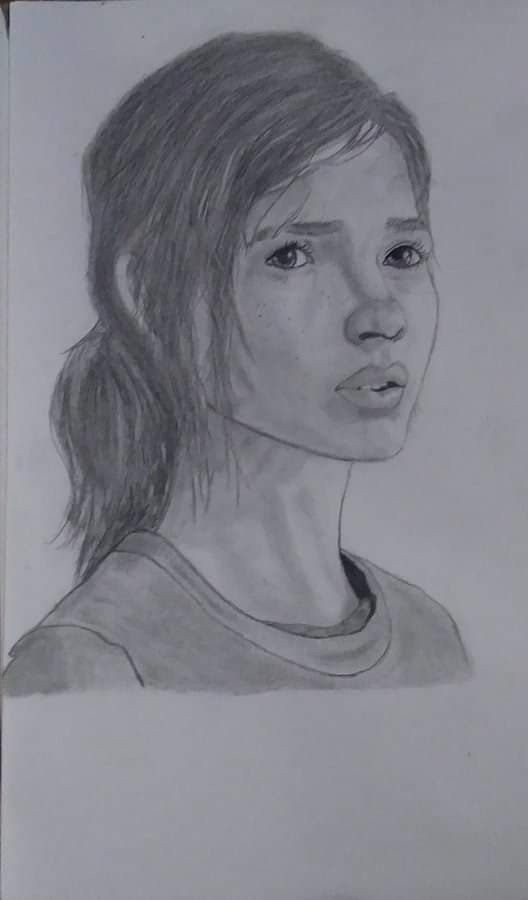04-24-2020, 12:50 AM
Hey, this is my first time posting on this forum and looking at the other threads makes me excited to meet new artists. I appreciate any comments or feedback.




















|
Kamryn's Sketchbook
|
|
04-24-2020, 12:50 AM
Hey, this is my first time posting on this forum and looking at the other threads makes me excited to meet new artists. I appreciate any comments or feedback.
         
04-24-2020, 12:58 AM
I'm not sure why everything posted twice, apologies for that.
04-24-2020, 02:02 AM
Welcome to Crimson Daggers Kammiechaos :).
Good to have you aboard. Nice start here, what mediums are you using, are those watercolours? Also, do you have any particular art goals or artists you want to study from? All the best!
“Today, give a stranger one of your smiles. It might be the only sunshine he sees all day.” -- H. Jackson Brown Jr.
CD Sketchbook
04-24-2020, 03:09 AM
(04-24-2020, 02:02 AM)Artloader Wrote: Welcome to Crimson Daggers Kammiechaos :). Hey Artloader, thanks for the welcoming. Those are watercolors, I started using them last month because I had only been using pencils before. I am going to be starting my Art AA during the summer, so since I'm still fairly new my current art goals are just doing a lot of studying. Right now I am focusing on figure drawing and perspective, but I do my watercolor pieces to give myself a nice variety. I have a long list of artists that I want to study from but a few would be Syd Mead, Frank Frazetta, Alan Lee, Georgy Nissky, John Harris, and the lovely Dave Rapoza. Do you have any tips on how I should study from other artists?
04-24-2020, 02:25 PM
(04-24-2020, 03:09 AM)Kammiechaos Wrote: Hey Artloader, thanks for the welcoming. Those are watercolors, I started using them last month because I had only been using pencils before. I am going to be starting my Art AA during the summer, so since I'm still fairly new my current art goals are just doing a lot of studying. Right now I am focusing on figure drawing and perspective, but I do my watercolor pieces to give myself a nice variety. I have a long list of artists that I want to study from but a few would be Syd Mead, Frank Frazetta, Alan Lee, Georgy Nissky, John Harris, and the lovely Dave Rapoza. Do you have any tips on how I should study from other artists?Yo Kammiechaos, welcome again <3. When doing studies from other artist always try to think why they made the decisions that they made, like the the specific color combinations that they choose to the pose of the figure. Also with the figures I think it's best to simplify the figure into simple 3d shapes and try to stop relying on lines to show from changes, if you wanna do stuff realistically ***. Loomis has good books on it, so try to study from him if you want. Yeah and you're doing great right now just remember to keep on going. :>
04-24-2020, 10:11 PM
All of those artists learned from basically the same things; reality, books and teachers who helped them to understand it, and probably a bit of cribbing from other artists' techniques. Loomis' books are recommended so often that he has almost become a joke, but they are genuinely good. If you ever want specific book recommendations, you can always ask.
The watercolor study of a man is my favorite piece from your first post. Nice attention to values and shadow shapes. Keep it up!
04-25-2020, 12:24 AM
(04-24-2020, 02:25 PM)Zaulta Wrote:Thanks Zaulta for the tips and encouragement. I will definitely check out some Loomis books, I know he has a really good one on figure drawing and that is my current focus right now. Thanks once again for the motivation.(04-24-2020, 03:09 AM)Kammiechaos Wrote: Hey Artloader, thanks for the welcoming. Those are watercolors, I started using them last month because I had only been using pencils before. I am going to be starting my Art AA during the summer, so since I'm still fairly new my current art goals are just doing a lot of studying. Right now I am focusing on figure drawing and perspective, but I do my watercolor pieces to give myself a nice variety. I have a long list of artists that I want to study from but a few would be Syd Mead, Frank Frazetta, Alan Lee, Georgy Nissky, John Harris, and the lovely Dave Rapoza. Do you have any tips on how I should study from other artists?Yo Kammiechaos, welcome again <3. When doing studies from other artist always try to think why they made the decisions that they made, like the the specific color combinations that they choose to the pose of the figure. Also with the figures I think it's best to simplify the figure into simple 3d shapes and try to stop relying on lines to show from changes, if you wanna do stuff realistically ***. Loomis has good books on it, so try to study from him if you want. Yeah and you're doing great right now just remember to keep on going. :>
04-25-2020, 12:32 AM
(04-24-2020, 10:11 PM)Pubic Enemy Wrote: All of those artists learned from basically the same things; reality, books and teachers who helped them to understand it, and probably a bit of cribbing from other artists' techniques. Loomis' books are recommended so often that he has almost become a joke, but they are genuinely good. If you ever want specific book recommendations, you can always ask.Thank you so much for the tips and kind words. Currently I am reading Perspective Made Easy by Ernest Norling and I just purchased Figure Drawing: Design and Invention by Michael Hampton. I will definitely be checking out Loomis' books as well. Do you have any book recommendations for learning composition, shading, or portraiture?
04-25-2020, 02:37 AM
One book that touches on composition, shading, and portraiture is Color and Light by James Gurney. It's not an in-depth technical treatise though; it will be most beneficial if you are very poorly versed in those topics and need a dictionary. For portraiture in particular, Drawing the Head and Hands by Loomis might be what you're looking for.
There are some good free resources you can look at first though. Here's a list: James Gurney's blog, which might actually contain all of the information that's in his book, so have a look at the relevant categories: https://gurneyjourney.blogspot.com/ David Briggs' site. Most of it is very technical and not directly relevant to making art, but he has a short and sweet page about light and shade that you may find helpful: http://www.huevaluechroma.com/021.php The good ol' PSG art tutorial. I haven't read the whole thing in a while, so I don't know if it's 100% technically accurate, but it helped me out when I was even more of a n00b than I am now, so have a look: http://androidarts.com/art_tut.htm
04-25-2020, 05:38 AM
(04-25-2020, 02:37 AM)Pubic Enemy Wrote: One book that touches on composition, shading, and portraiture is Color and Light by James Gurney. It's not an in-depth technical treatise though; it will be most beneficial if you are very poorly versed in those topics and need a dictionary. For portraiture in particular, Drawing the Head and Hands by Loomis might be what you're looking for.Wow, thank you so much for taking the time to give me specific links and books. You have been beyond helpful, I will get right to reading them. I wish you the best in all of your art endeavors. |
|
« Next Oldest | Next Newest »
|